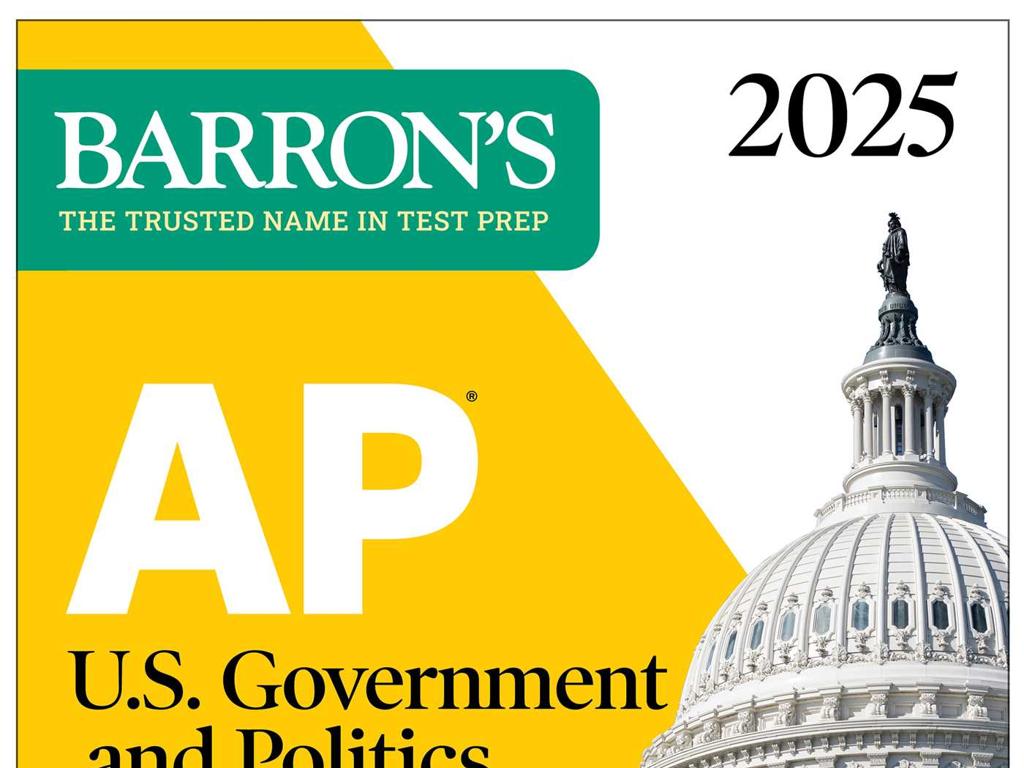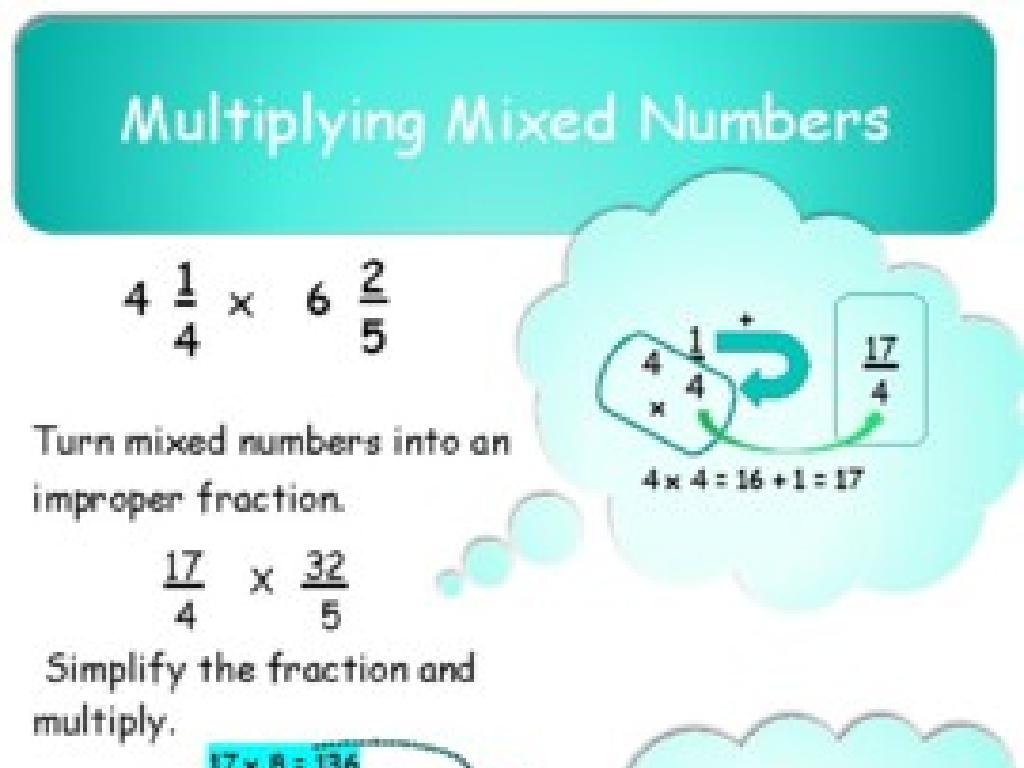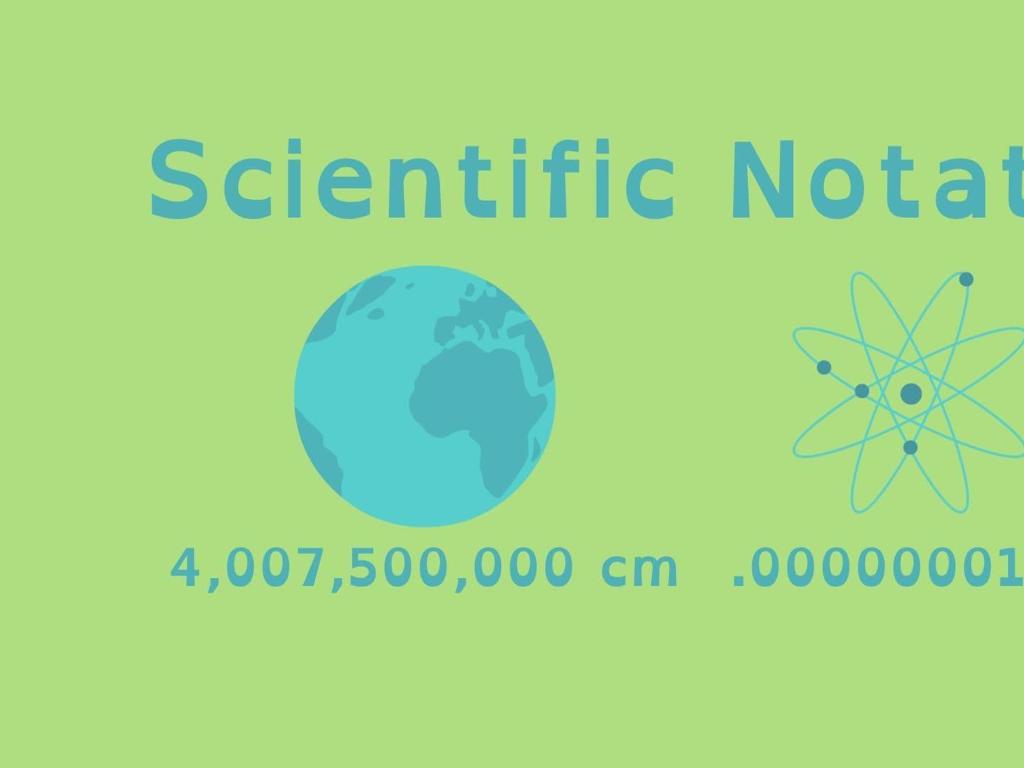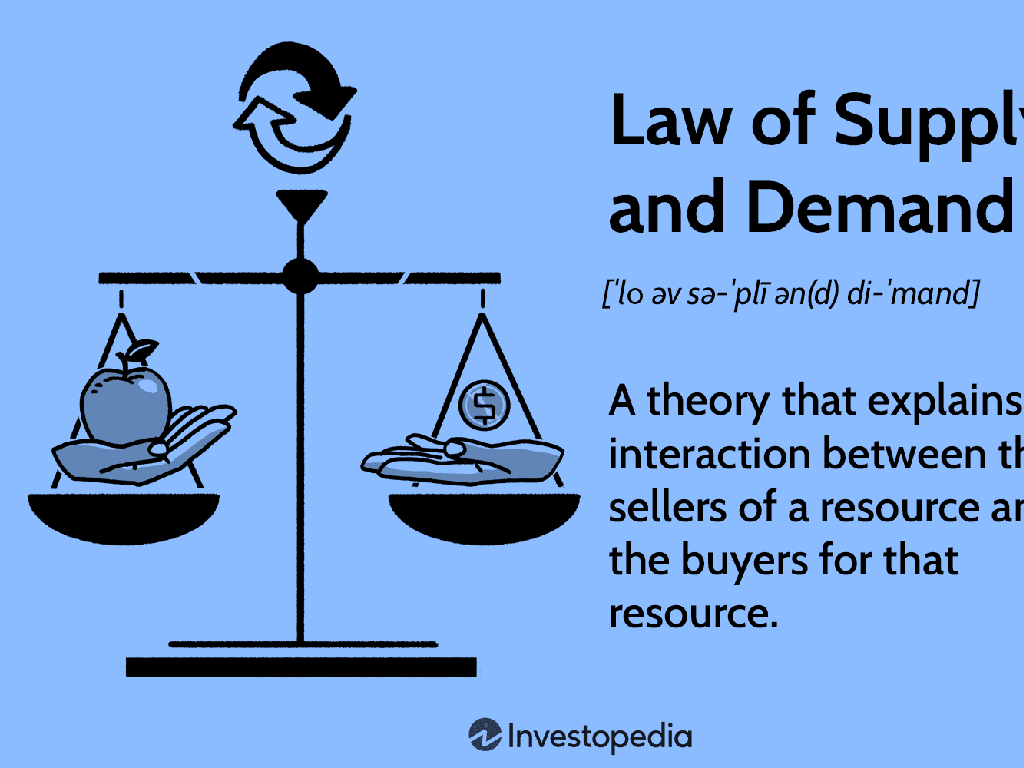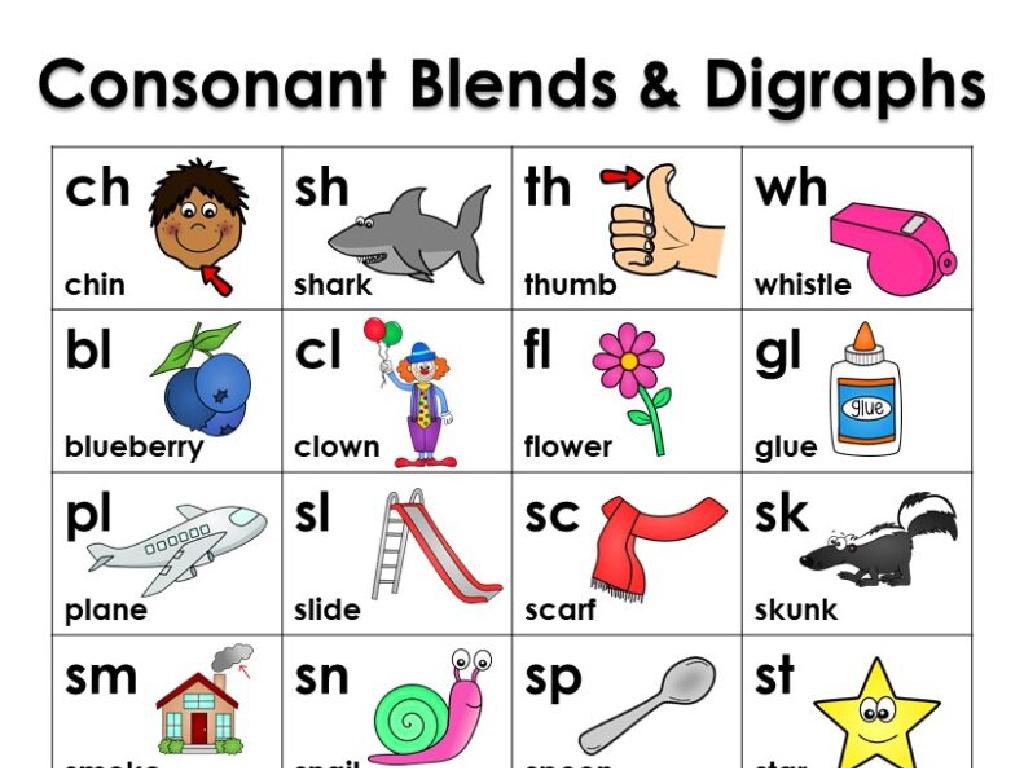Use Models To Add Two-Digit Numbers - Without Regrouping
Subject: Math
Grade: Second grade
Topic: Addition Strategies: Two Digits
Summary: Help your second-grade students master adding two-digit numbers without regrouping using engaging hands-on models. This presentation uses visual aids like base-ten blocks and drawings to clearly demonstrate the process, emphasizing place value by separating tens and ones. Interactive activities such as partner practice and classroom addition races make learning addition strategies fun and effective while building confidence in early math skills. Perfect for reinforcing foundational addition concepts in line with curriculum standards.
Please LOG IN to download the presentation. Access is available to registered users only.
View More Content
Welcome to Addition!
– Learn to add two-digit numbers
– We’ll add numbers like 23 + 15 step by step
– Using models for easy understanding
– Think of models like blocks or drawings to visualize
– No regrouping needed
– Aim to be addition experts
|
This slide introduces the concept of adding two-digit numbers without the need for regrouping. Start by explaining that two-digit numbers are numbers that have a tens place and a ones place. Show them how to line up the numbers by place value and add the ones place first, followed by the tens place. Use visual aids like base-ten blocks or number lines to help students understand the concept. Make sure to emphasize that regrouping is not required for this lesson. Encourage the students by telling them that with practice, they can become addition experts. Plan for interactive activities where students can practice adding with peers using the models provided.
Understanding Addition: No Regrouping Needed!
– Addition combines numbers
– Like adding 23 + 15 to get 38
– Sum gets larger with addition
– 32 + 47 becomes 79, a bigger number
– Imagine adding all your toys
– If you have 10 dolls and 10 cars, you have 20 toys together!
– Practice with two-digit numbers
– We’ll add numbers like 34 + 22 without carrying over digits
|
This slide introduces the concept of addition to second-grade students by relating it to a familiar activity: gathering toys. It’s important to emphasize that addition is about combining quantities to make a larger total. Use concrete examples like toys to make the concept relatable. The slide also sets the stage for practicing addition with two-digit numbers without the need for regrouping, ensuring that students understand the basic concept before moving on to more complex addition strategies. During the lesson, provide various examples and encourage students to visualize the process with real objects or illustrations to solidify their understanding.
Understanding Two-Digit Numbers
– Two-digit numbers: tens and ones
– Like 34 has 3 tens (30) and 4 ones (4)
– First digit: number of tens
– If the first digit is 5, that’s 5 tens or 50
– Second digit: number of ones
– If the second digit is 7, that’s 7 ones or 7
– Adding without regrouping
– Add tens to tens and ones to ones separately
|
This slide introduces the concept of two-digit numbers to second graders, focusing on the value of digits in the tens and ones places. Emphasize that the first digit represents the tens place and the second digit represents the ones place. Use examples like 34 to show that 3 tens are equal to 30 and 4 ones are just 4. Explain that when adding two-digit numbers without regrouping, we add the tens to tens and ones to ones separately. For instance, when adding 23 and 35, we add 20 (2 tens) and 30 (3 tens) to make 50, and then 3 (ones) and 5 (ones) to make 8, resulting in 58. Encourage students to practice with different numbers and ensure they understand that regrouping is not needed if the ones place adds up to less than 10.
Models for Addition: Using Blocks
– Use blocks to model numbers
– Blocks represent numbers in a tangible way
– Tens and ones blocks visual aid
– Tens blocks for the tens place, ones for the ones place
– Practice adding with blocks
– Add the tens blocks together, then the ones blocks
– Understand addition without regrouping
– See how numbers combine to make a new number without carrying over
|
This slide introduces the concept of using physical models, such as blocks, to help second-grade students understand addition without regrouping. Start by explaining that each block represents a single unit and that these can be grouped into tens and ones. Demonstrate how to add two-digit numbers by combining tens blocks first and then ones blocks, ensuring that the sum of the ones does not exceed nine to avoid regrouping. Encourage students to visualize the addition process by physically manipulating the blocks. This hands-on activity will help solidify their understanding of basic addition and prepare them for more complex problems. Provide several examples and allow students to practice with their own sets of blocks.
Adding Without Regrouping
– Understanding simple addition
– What is regrouping?
– Making a new ten from ten ones
– When regrouping isn’t needed
– Our numbers are small, so no tens are made
– Practice with small numbers
– Examples: 23 + 15, 42 + 26
|
This slide introduces the concept of addition without regrouping, which is a foundational skill in second-grade mathematics. Begin by explaining simple addition as putting together numbers to find out how many there are in total. Clarify the concept of regrouping by showing that sometimes when we add, especially with larger numbers, we combine smaller units (ones) into larger units (tens). However, today’s focus is on adding two-digit numbers where the ones added together don’t exceed nine, eliminating the need for regrouping. Provide several examples and encourage students to use physical models like base-ten blocks or drawings to visualize the addition process. This hands-on approach will help solidify their understanding of adding two-digit numbers without regrouping.
Adding Two-Digit Numbers Using Models
– Model 23 with tens and ones
– Use 2 tens blocks and 3 ones blocks for 23
– Model 35 with tens and ones
– Use 3 tens blocks and 5 ones blocks for 35
– Combine tens and ones blocks
– Put all tens together, and all ones together
– Count tens and ones separately
– Add up all the tens, then add the ones
|
This slide is aimed at teaching second graders how to add two-digit numbers without regrouping by using physical or visual models. Start by explaining that each digit in a two-digit number represents tens and ones. Show them how to represent each number with tens blocks and ones blocks. For example, for the number 23, use two tens blocks (representing 20) and three ones blocks (representing 3). Do the same for the number 35. Then, guide the students to combine the blocks by placing all tens blocks together and all ones blocks together, and finally, count each set separately to find the total. Emphasize that they do not need to regroup in this case because the ones do not add up to more than 9. This hands-on activity helps solidify their understanding of place value and addition.
Practice Time: Adding Two-Digit Numbers
– Try adding two-digit numbers
– Count tens and ones separately
– For example, 23 has 2 tens and 3 ones
– Partner up for block addition
– Share blocks to visualize the addition
– No regrouping needed
|
This slide is designed for a hands-on activity where students will practice adding two-digit numbers using physical blocks to represent tens and ones. It’s crucial to emphasize that they should not regroup in this exercise. Encourage students to work in pairs to foster collaboration and peer learning. As they work with the blocks, they should separate the tens and ones, physically combining them to see the sum. This concrete representation helps solidify their understanding of place value and addition. Provide several examples for the students to work on and circulate the room to offer guidance and support. Possible activities could include adding 24 + 35, 42 + 16, or 53 + 22, ensuring that none of the sums require regrouping.
Class Activity: Addition Race
– Get ready for an addition race
– I’ll give you two-digit numbers
– Use blocks to find the answer
– Stack blocks to add numbers without regrouping
– Raise your hand when done
|
This activity is designed to reinforce the concept of adding two-digit numbers without regrouping. Provide each student with a set of blocks or other manipulatives that they can use to physically represent the numbers. As you call out different two-digit addition problems, students will use their blocks to stack and add the numbers, visually seeing the sum without regrouping. Once a student has found the answer, they should raise their hand. You can then check their work and confirm the correct answer. This hands-on activity not only makes learning fun but also solidifies the students’ understanding of addition without regrouping. Possible variations of the activity could include pairing students to work as a team, timing the race for added excitement, or having students write down the equations after solving them with blocks.
Great Work on Two-Digit Addition!
– Congratulations on learning addition!
– Models show how addition works
– Visual aids like blocks or drawings help us understand adding numbers.
– Practice makes perfect
– The more you add, the better you’ll get!
– You’re becoming addition stars!
|
This slide is meant to celebrate the students’ accomplishment in learning to add two-digit numbers without regrouping. It’s important to reinforce the concept that using models, such as base-ten blocks or drawings, can help visualize the process of addition, making it easier to understand. Encourage the students to continue practicing with different numbers to become more confident in their addition skills. Acknowledge their progress and remind them that every practice session brings them closer to becoming ‘addition stars’. This positive reinforcement will help build their confidence and encourage a love for learning math.

